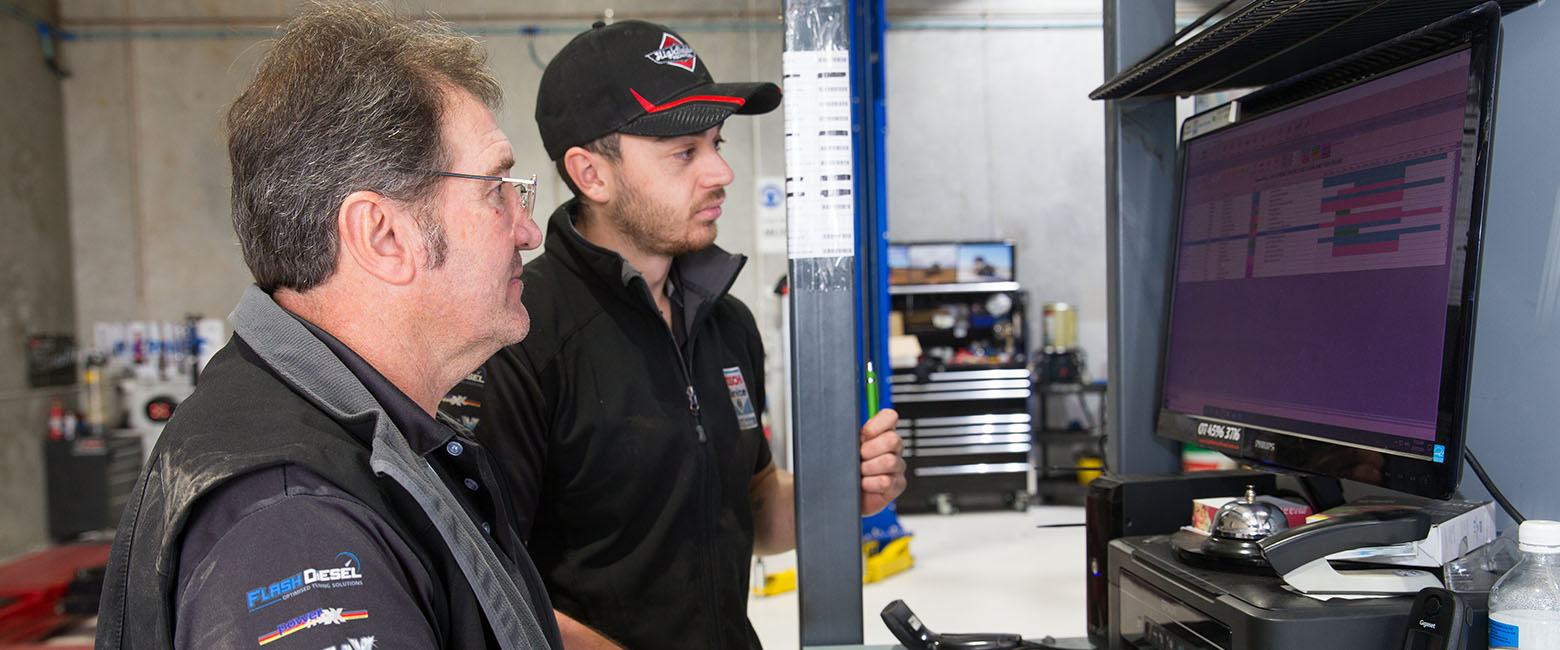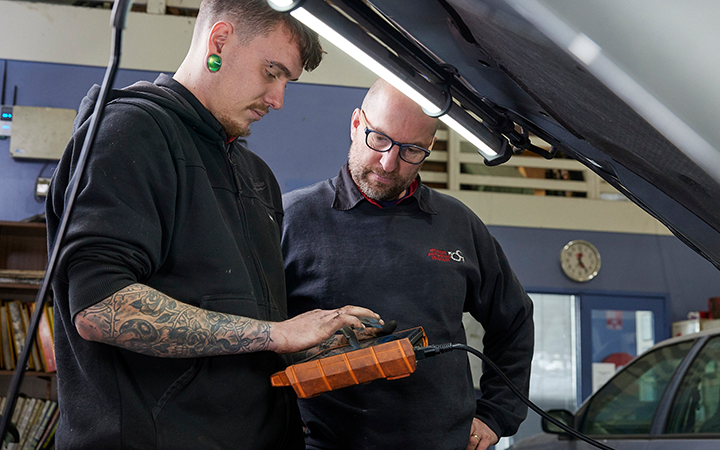Did you know you are 42 per cent more likely to achieve your goals if you write them down?
That statistic, from a university study, is just one reason why a profit and loss forecast should be the most important document in every workshop owner’s and manager’s life.
It’s a financial snapshot of where your business is headed, showing your projected incomings and outgoings, and a forecasted end-of-year profit. If you use it properly, it’s also a road map – something you can refer to constantly to check you’re heading in the right direction.
Having a profit and loss forecast – and living by it – should be a total no-brainer. And it is much easier to create one than you might think. Yet many of us don’t have one. We’re flying by the seat of our pants!
If that’s you, then this article is for you. We’ll tell you everything you need to know, in the simplest way possible, to get you started. And if you do already have a profit and loss forecast, or something like one, then this article will help you get the most out of it.
The simplest way to work out a profit and loss forecast
A profit and loss forecast (or budget) can be broken down into two distinct sections.
Firstly, you need to forecast your revenues. Then you need to forecast your expenses. When you subtract one from the other, you get your profit or loss for this financial year.
It’s pretty simple and it will probably only take you about an hour or two. Or your accountant or bookkeeper can help you with it, if you prefer.
How to forecast revenues
When you’re setting a sales target, the easiest thing to do is look at what you did last year and add some more.
This is okay, but there is a better way to do it. It involves forecasting revenues based on the team you have in place and the output you think the workshop can achieve.
Here’s what you need to consider:
- How many labour hours do you think your technicians can sell? Take into account their qualification levels, other tasks they do in the workshop and their historical outputs
- How many weeks on average do you think your team will work? There are 52 weeks in a year, but you will lose 10 days to public holidays, 20 days to annual leave and five days to sick leave
- What is your average labour rate for the coming financial year? Some workshops have different rates for trade customers, general repairs and diagnostics. If so, choose an average.
How to forecast expenses
Forecasting expenses is also relatively easy, if you have last year’s numbers in front of you. If you don’t know how to access your profit and loss statement from last year, get your bookkeeper or accountant to provide one.
Simply work through each expense category and, based on the information you have on hand, forecast what you think the expenses will be this year. If the forecast expenses are not likely to be significantly different, just add three per cent for inflation.
The biggest two numbers will be rent and wages, so take the time to accurately forecast them.
Every year there will be unexpected expenses, so create a miscellaneous category and add an additional five to 10 per cent to your total forecast expenses.
Calculating your net profit (or loss) target
If you subtract the forecast expenses from forecast revenues, you will be left with a forecast profit or loss.
It should also now be abundantly clear what you and your team are going to need to do in order to achieve that figure (how many hours you’ll need to sell, work, etc.).
If you don’t like the forecast figure, you can review it, finding places where changes can be made.
Either way, your forecast is now your road map for the year ahead.
Tracking your progress against your forecast
Road maps only work if you follow them. That goal-setting study mentioned above also found the most effective people track their goals and report on them regularly.
So it’s vital you review your profit and loss forecasts monthly, to see how your workshop is tracking against its budget.
Realistically, setting a profit and loss forecast will only take you a couple of hours, but that time has the potential to generate far more money for your business than if you spent the same hours on the tools fixing cars. It’s certainly time well spent.


